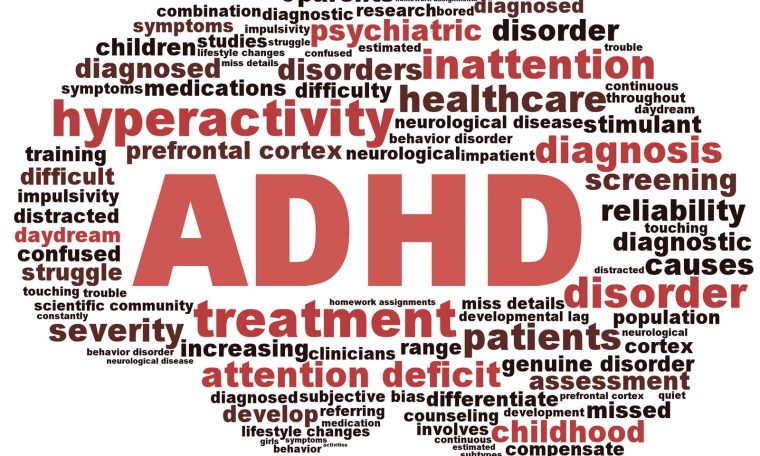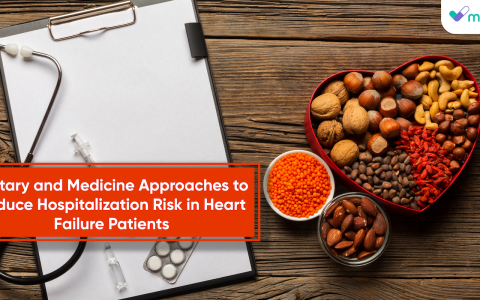
There are numerous observational studies and randomized controlled trials (RCTs) available regarding the treatment of ADHD.
1. Overview
The impairment-causing, developmentally inappropriate, and widespread symptoms of inattention and/or hyperactivity are the hallmarks of ADHD. Many people with symptoms that began in childhood continue to experience functional impairment in adulthood. Even if they do not fit the official diagnostic criteria for the condition as listed in the DSM-5 or the ICD-11.
ADHD can have detrimental effects if it is not properly managed, such as an elevated risk of substance misuse, antisocial behavior, accidents, and mortality. For those with ADHD, pharmacological treatment—both stimulant and non-stimulant options—is a crucial part of the multimodal treatment approach. Methylphenidate and amphetamine formulations are currently among the stimulants for ADHD that have received FDA approval. Non-stimulant drugs approved by the FDA include viloxazine, atomoxetine, and extended-release clonidine and guanfacine.
ADHD
Since the FDA approved methylphenidate in 1955, following Bradley’s 1937 study that reported the beneficial effects of an amphetamine compound (benzedrine) on children’s symptoms of ADHD, many researchers have published randomized controlled trials, observational studies, and meta-analyses of these kinds of studies.. Indeed, one of the most researched subjects in child and adolescent psychiatry is ADHD and the pharmacological treatments available for it. Our understanding of the clinical pharmacology of ADHD is influenced by this body of information. This review highlights the gaps and needs in the body of evidence by summarizing the important research that is currently available and may influence every stage of the prescription process for ADHD medications in clinical practice, from the initial choice of the most suitable agent to the monitoring of a stabilized regimen.
2. Data regarding the global prevalence of using ADHD medications
A comprehensive study on the prevalence of ADHD medication use was published by Raman et al. in 2018. It covered data from 13 countries—four in Asia and Australia, two in North America, five in Northern Europe, three in Western Europe, and one in a Special Administrative Region of China—and involved a total of 154.5 million individuals between 2001 and 2015. According to the Medicaid database, the prevalence of children using ADHD medications in 2010 ranged from 0.27% in France to 6.69% in the USA. The included nations were Asia and Australia with 0.95%, North America with 4.48%, Northern Europe with 1.95%, and
ADHD
Western Europe with 0.70%. All of the examined nations saw an increase in the prevalence of pharmaceutical use between 2011 and 2015; the average annual relative percentage rise ranged from 2.83% in the USA to 45.11% in Canada. Methylphenidate was the most widely prescribed drug for ADHD worldwide. The prevalence of using ADHD medication in adults ranged from 0.003% to 1.48%, which is lower than in children. From 2001 to 2015, the prevalence of medicine use in adults increased, similar to the trend in children, with average annual relative percentage increases ranging from 7.94% to 75.88%. The rise in drug use may be concerning, and the general public frequently portrays it in this light. Rather than asking if the prevalence of using ADHD medications has increased over time, the important question for clinicians, commissioners of clinical services, policy makers.
ADHD
According to the data provided by Raman et al., between 2001 and 2015, the prevalence of using ADHD medications rose from very little to little in a few nations. These countries included Hong Kong and the UK , where children were more likely to use them than adults. Other statistics, though, especially those pertaining to the USA, are more significant. They are still, on average, lower than the estimated prevalence of ADHD, which is between 4% and 7% in adults and between 5-7% in children. All things considered, these findings point to a high number of people who do not receive treatment for ADHD but could benefit from it. It’s also conceivable that some of the patients don’t actually have ADHD. In order to address this issue, a systematic review utilizing meta-analysis included data from 18 studies that reported the rate of ADHD pharmaceutical therapy in both diagnosed and undiagnosed persons.
ADHDmedician
A total of 36 observational studies covering 104,305 individuals were included in the meta-analysis. The findings indicated that 19.1% and 0.9%, respectively, of school-age children and adolescents with and without ADHD received medication for the disorder. The authors of this meta-analysis suggest that at least 70% of children and adolescents with a correct diagnosis of ADHD may benefit from a trial with ADHD medication after behavioral therapy has been tried, based on earlier sequential treatment trials. The authors came to the conclusion that, in the USA, for every individual taking medication without a valid diagnosis of ADHD, there would be three people who had a formal diagnosis but did not receive medication. Clinicians should be aware of these facts so they can reflect on their procedures with other stakeholders.
3. Psychoeducation regarding the “real world” effects of ADHD drugs
Psychoeducation is essential prior to beginning a pharmaceutical treatment plan for ADHD, encompassing information on the therapy’s effects. In presenting the advantages and disadvantages of initiating pharmaceutical treatment for ADHD, prescribers ought to make an effort to offer the most recent and superior quality information available. Apart from RCT data, it is beneficial to converse about data from observational studies in a language that is appropriate for patients and their families. These studies concentrate on outcomes that are generally not included in RCTs, either because they are uncommon but still significant, or because incorporating them would be financially or logistically difficult.
ADHD
However, confounding by indication serves as a good representation of the primary problem with observational research. The lack of randomization will impede the ability to determine whether the variation is attributable to the medication’s effects in and of themselves or to preexisting differences in the characteristics of the individuals who received treatment and those who did not. This problem can be partly addressed with a specific observational design known as self-controlled. The outcome is measured in this design at separate times while the patient is taking and stops taking medication.
ADHD
ADHD were taking their medications, their rates of unintentional physical injuries, motor vehicle accidents , criminal activity, substance use disorder, seizures, and depression were significantly lower than during times when they were not. Furthermore, there was no discernible difference in the rates of psychosis or suicidality amongst them. When bipolar disorder patients were treated with stimulants in addition to mood stabilizers, their manic symptoms became less severe. Conversely, when these patients were not receiving contemporaneous medication, their manic symptoms got worse.
ADHD
Overall, the evidence from this investigation does not support the hypothesis that methylphenidate causes an increased risk of suicidal thoughts. After the methylphenidate regimen is stabilized, the risk of suicidal behaviors would drop to negligible. Naturally, it’s also conceivable that the human connection with a therapist may have contributed to this lower risk.
4. Optimizing dosage
Optimizing a pharmaceutical treatment after it has been initiate is crucial. This includes providing patients and their families with suitable daytime coverage and appropriately titrating the dose while taking the benefit/risk trade-off into consideration. This practice is supported by meta-analytic research. Farhat et al. When pooling data from fixed-dose trials of methylphenidate or amphetamines, we found that the efficacy increased . And the likelihood of discontinuation due to adverse events increased with increasing doses of stimulants . A dose-response meta-analysis of 65 RCTs, drawing on the dataset by Cortese et al.
ADHD
As the dosage increased over 30 mg/day for methylphenidate or amphetamines, the efficacy of stimulants showed diminished additional benefits. On the other hand, when stimulant doses increased, meta-analyses of flexible-dose trials involving amphetamines . And methylphenidate demonstrated decreased chance of discontinuations due to any reason and greater efficacy. Psychostimulants continued to provide incremental gains in terms of efficacy throughout the whole range of FDA-licensed dosages for amphetamines and methylphenidate. These findings point to flexible titration as the most effective and acceptable method, provided the stimulant is well tolerated till then.
ADHD
Formularies may propose higher doses of psychostimulants for the treatment of ADHD than those licensed by regulatory bodies like the EMA. The maximum license dose for methylphenidate in osmotic-release. And other prolonged-release formulations is 54 mg/day; however, the BNF specifies a maximum of 108 mg/day for Concerta XL. In accordance with other clinical guidelines, such as those from the Canadian ADHD Resource Alliance . The BNF recommends 70 mg/day as the maximum licensed dose of lisdexamfetamine. Many prescribers in clinical practice will utilize doses higher than what is permitte. Additionally, some of them will utilize dosages higher than what standards or formulas recommend.
ADHD
There isn’t enough reliable meta-analysis data available at this time to say whether or not higher doses than those advised. Although it shouldn’t be a regular practice. Some experts advise that when a patient presents with a partial response. There is only a slight improvement at the maximum recommende dose, tolerability is good. Using doses higher than those that are recommended may optimize the response. One may achieve a good level of tolerability and reach a partial response at the licensed dose. However, if one takes doses higher than advised, one should carefully monitor height, heart rate, and blood pressure..



